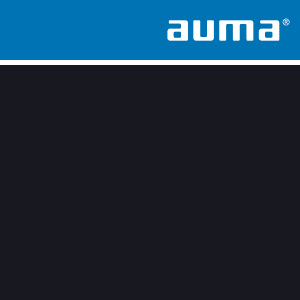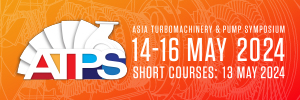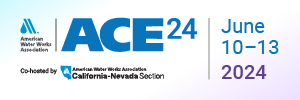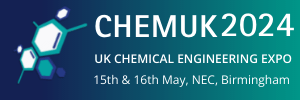Operators are facing difficult decisions when it comes to decommissioning
The challenging conditions faced in the current oil and gas market have led to a greater focus on cost-effective, sustainable operations. Operators are faced with the extremely tough decision of whether to extend or end offshore production asset life. This has brought pre-decommissioning planning into emergence as a key challenge for the industry. Mitigating uncertainty, enabling decision making and justification as to whether to end or extend asset life, as well as detailed knowledge of asset conditions are crucial. Here, it is explained how diagnostics services can be used to provide this detailed knowledge throughout late life operations.
Extending asset life
Inspection of asset structures is crucial to obtain detailed data on the condition of those assets to decide if it’s safe to extend life and production. In cases of initial assessment, technologies that can confirm structural integrity with regard to pipeline corrosion and erosion, flexible riser liner and carcass inspection, midwater arch/buoyancy tank inspection, platform member inspection and grout monitoring are essential. These technologies, all of which are provided by Tracerco, are also vital during extended life campaigns, as regular inspection is required to confirm the viability of the asset.
Data provided through innovative detection, diagnostic and measurement technologies can, in regard to ongoing processing, ensure sustainable, cost effective production. Reservoir recovery is circa 30% to 40%, and with IOR/EOR technologies and as an industry a substantial impact has been experienced where these percentages have been significantly increased. In IOR/EOR applications, chemical tracer technology can be used to manage fluid movement and maxmise hydrocarbon output by establishing water entry points, providing a water cut profile along the wellbore and confirming the water source from the formation or injection water movement when combined with waterflood tracing.
When looking at field development planning, there are technologies that can also allow operators to identify high flow permeable channel blocking and thus confirm how effective the chemical treatment has been. In addition, operators are also able measure waterflood effectiveness, residual oil saturation, water and oil inflow - which can often be used as an alternative to PLT’s where they are deemed too costly or risky - as well as effective mud invasion and water injection.
Extending asset life
If assets have been found to be no longer viable after assessment, it’s necessary to begin decommissioning planning and execution. The important factor here is to ensure that the route taken mitigates risk and is carried out safely, considering the best interests of the environment as well as complying with local regulations and legislation.
Technologies can provide thorough and detailed knowledge of asset conditions, which allows operators to make well-informed decisions on their dismantle and disposal strategy. Diagnostic services can give information on the integrity of structures which can justify safe decommissioning. Knowledge of platform member integrity and flowline assurance allows operators to assess the weight of structures (as well as ensure they are free from deposits/blockages) before any lifting, ensuing safe dismantling. These services are also valuable in radioactive source recycling, further enhancing the safety and sustainability of operators’ decommissioning programmes.
For more information:
This article was written by Lee Robins, commercial manager for UK, Europe, Scandinavia, West Africa at Tracerco. He is also one of Tracerco’s most senior diagnostics experts.
Visit: www.tracerco.com
This article first appeared in the July/August edition of Fluid Handling International. Subscribe here
















